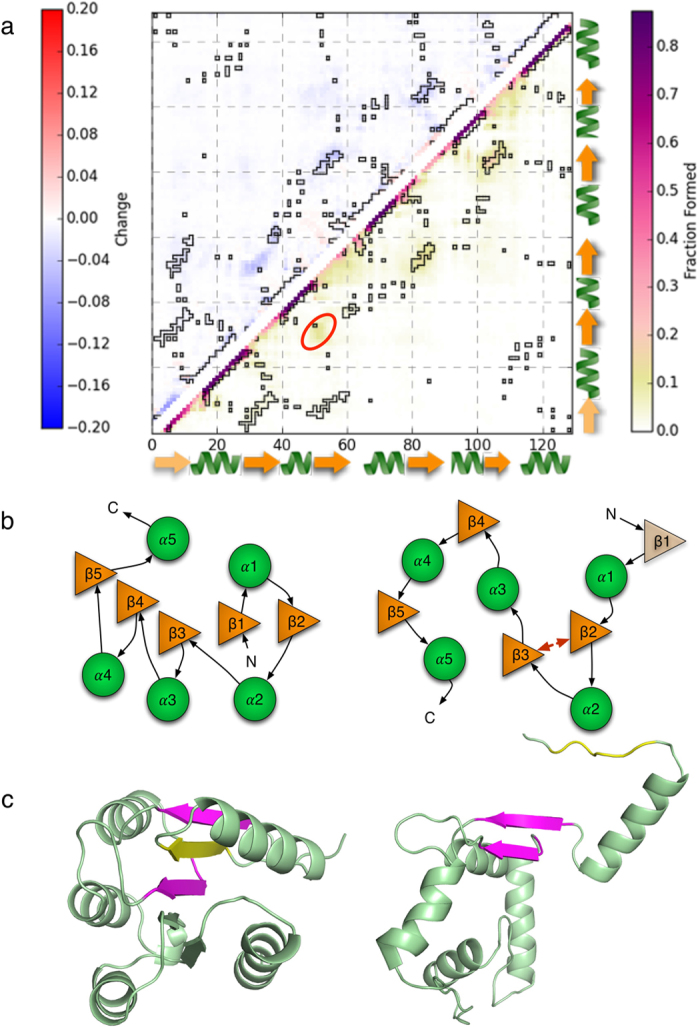Figure 2. The combined MD and SAXS excited state ensemble exhibits non-native contacts and an unstructured N-terminus.

(a) The contact map for the refined excited state ESAXS, with native contacts outlined in black, is shown in the bottom right. The top left is the difference map ESAXS - EMSM, showing the effect of introducing experimental information in the ensemble. The most notable features of the excited state are the presence of non-native contacts between β2 and β3, populated to about 15% in ESAXS (circled in red), and the almost complete absence of β1 from the central sheet, as indicated by the very small population (<5%) of β1-2 and β1-3 contacts. These features indicate the excited state structure is stabilized by non-native contacts and exhibits a loose β1/α1 N-terminal tail. (b) Illustration of the loose β1/α1 tail stabilized by non-native β2-3 contacts, leading to an unstructured N-terminus (right), compared to the native state, in which β1 is situated in between β2 and β3 (left). The interface and C-terminus are also mostly unstructured, but more are still significantly more structured (20%) relative to the N-terminus (<5%). (c) Representative native and excited state structures pulled from the structural ensemble. The excited state structure shown (right) is the one with the highest population in ESAXS that possessed non-native β2-3 contacts. The loose β1/α1 tail is stabilized by β2-3 contacts (magenta) that exclude β1 (yellow) from the central sheet. The interface and C-terminus are also unstructured, as seen from the absence of the β3-5 portion of the central sheet.
